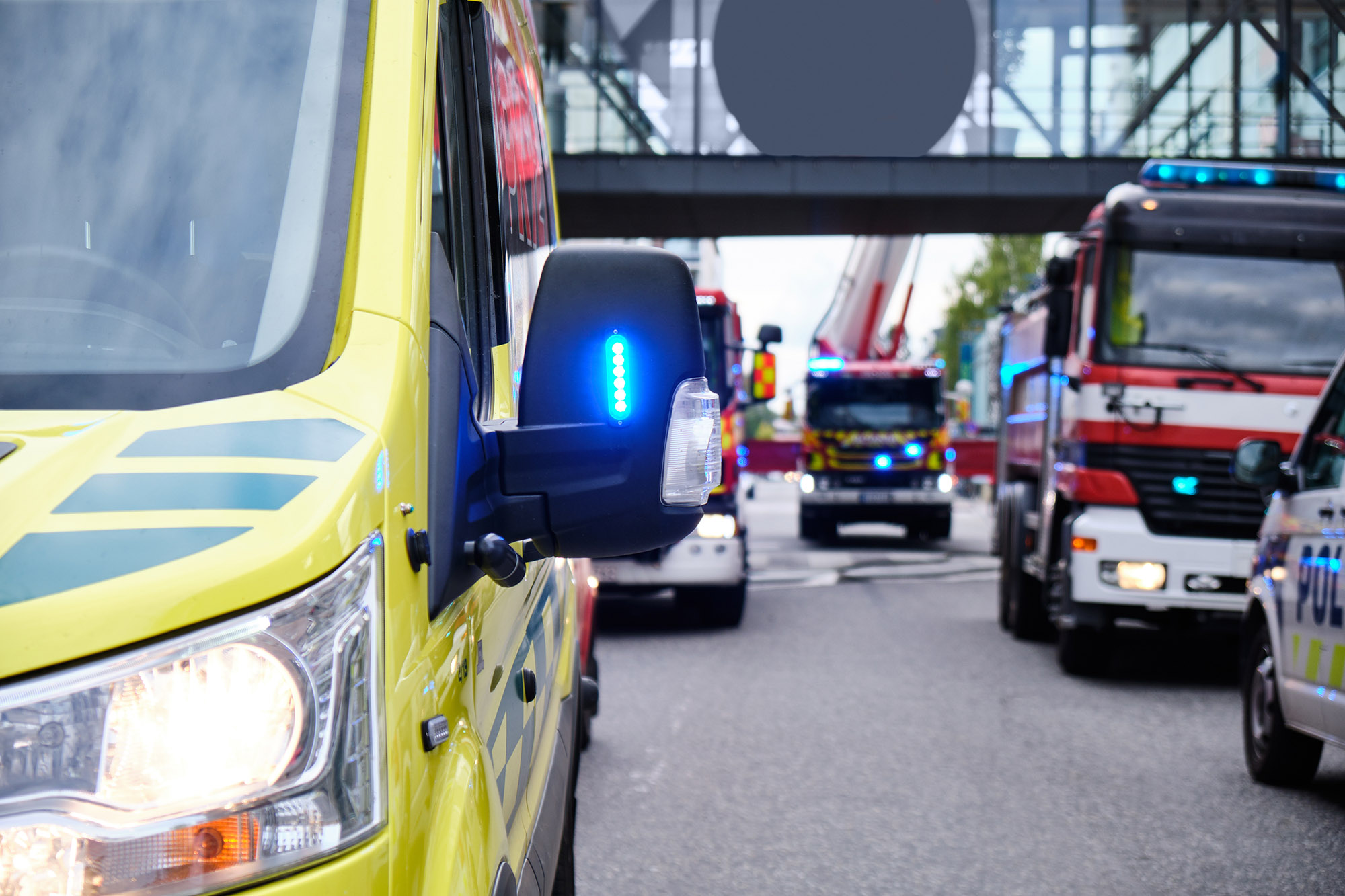Digiroad was introduced in 2004. Today, it enables the development and productisation of various journey planner, navigation, tourism and traffic telematic services.
"The Finnish Transport Infrastructure Agency is responsible for Digiroad. Municipalities, private road cooperatives, and ELY Centres are responsible for maintaining the data in cooperation with the Finnish Transport Infrastructure Agency," says Mikko Kaskenpää, Digiroad System Coordinator at the Finnish Transport Infrastructure Agency. In addition, the competent authorities are responsible for the public transport stop data of public transport.
Digiroad material is used by e.g. Rescue Services, the Emergency Response Centre Agency, municipalities, navigation services and many companies, educational institutions and other actors. Digiroad material is used, for example, in the planning of school transport and as base material for various spatial data software.
Emergency Response Centre Agency appreciates up-to-date information
One of the most significant users of Digiroad is the Emergency Response Centre Agency, which adopted use of the data in 2019.
There are three million emergency calls to Finland's six emergency response centres each year. The contacts are primarily directed to the emergency response centre closest to the incident, but the information system is networked nationally. At peak time, the call can be answered by an emergency response centre located further away.
The operator records the exact address and then specifies the correct authority that is suitable for the task and whose unit is in the correct position in relation to the location of the incident.
"This is the part of the process where we utilise Digiroad material. Up-to-date road information is really important in determining the location so that the unit handling the incident gets the correct coordinates and can go to the right place", says Sami Suomalainen, Application Specialist at the Emergency Response Centre Agency.
"If the information is not up-to-date or there are errors, there may be delays in the response times. In that case, we will have to reroute the unit handling the emergency call, which is often slower, and it may be necessary to select a unit whose location is not optimal in relation to the location of the incident. In cities, this may not cause delays, but outside urban areas, the situation may be different," says Information Architect Marita Laihonen.
Thousands of successes every day
The Emergency Response Centre Agency has been pleased with how the Finnish Transport Infrastructure Agency has taken the agency into account in the development of data types and how quickly the Digiroad operator has provided responses.
"Even small thig s are important; we were recently asked how the service access gaps on motorways and rest areas for special transports affect our routes. Similarly, we quickly learned how the renovation of the Kruununsilta Bridges in Helsinki affects the routes when the Korkeasaari Bridge was not in use," says Marita Laihonen.
"Of the approximately 8,300 daily emergency calls, around 4,100 are forwarded to authorities. And as Digiroad data is used every single time, it can be said that we have 4,000 successful outcomes together every day when appropriate assistance is conveyed to those who need it. This is a pretty impressive figure," sums up Sami Suomalainen from the Emergency Response Centre Agency.

